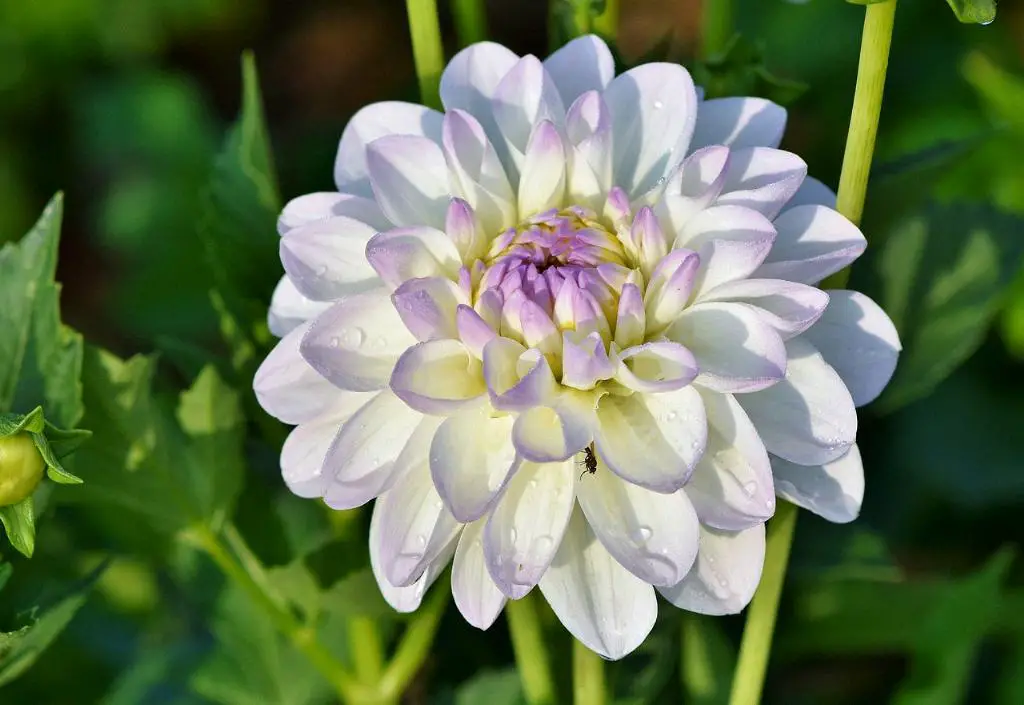Planting dahlias can be a rewarding experience for any garden enthusiast. To ensure successful growth, it is essential to follow proper planting procedures. One crucial factor to consider is the timing of planting, as it significantly impacts the overall success of dahlia growth.
Choosing the Right Timing for Planting
For optimal results, it is recommended to wait until the soil temperature reaches a minimum of 60 degrees Fahrenheit or 15 degrees Celsius before planting your dahlia tubers. This ensures that the soil is adequately warm for the tubers to establish roots and begin growing.
Preparing the Planting Site
Before planting your dahlia tubers, it is essential to prepare the planting site properly. Choose a location that receives ample sunlight and has well-draining soil to promote healthy growth. Make sure to clear the area of any weeds or debris that may inhibit the growth of your dahlias.
Planting Dahlia Tubers
When planting your dahlia tubers, dig a hole that is approximately 4-6 inches deep. Place the tuber in the hole with the eye facing up, ensuring that the tuber is covered with soil. Space the tubers at least 12-18 inches apart to allow ample room for growth.
Watering and Mulching
After planting your dahlia tubers, water them thoroughly to ensure that the soil is evenly moist. Consider applying a layer of mulch around the base of the plants to help retain moisture and suppress weed growth. Mulching also helps to regulate soil temperature and protect the tubers from extreme weather conditions.
Supporting Dahlia Growth
As your dahlias begin to grow, it is essential to provide support to help them maintain an upright position. Consider using stakes or cages to prevent the plants from bending or breaking under the weight of their blooms. Regularly check the supports to ensure they are adequately supporting the plants.
Fertilizing Dahlias
To promote healthy growth and vibrant blooms, consider fertilizing your dahlias throughout the growing season. Use a balanced fertilizer with equal parts nitrogen, phosphorus, and potassium to provide essential nutrients for optimal growth. Avoid over-fertilizing, as this can lead to excessive foliage growth at the expense of blooms.
Pruning and Deadheading
Regularly prune your dahlia plants to encourage bushy growth and remove any dead or damaged foliage. Deadhead spent blooms to promote continuous blooming throughout the season and prevent the plant from redirecting energy to seed production.
Pest and Disease Management
Monitor your dahlia plants for signs of pests or diseases, such as aphids, spider mites, or powdery mildew. Consider using natural remedies or insecticidal soap to combat pest infestations and prevent the spread of diseases. Proper plant maintenance and good gardening practices can help minimize the risk of pest and disease problems.
Harvesting Dahlias
When your dahlia plants start to bloom, you can start harvesting the flowers for decorative purposes. Cut the flowers early in the morning when they are fully open, and immediately place them in a vase of water to prolong their vase life. Regularly deadhead spent blooms to promote continuous flowering.
Overwintering Dahlias
Once the growing season comes to an end, it is essential to prepare your dahlia tubers for overwintering. Dig up the tubers before the first frost and store them in a cool, dry location for the winter months. Inspect the tubers for signs of rot or disease before storing them.

Replanting Dahlias
Come spring, you can replant your dahlia tubers in a well-prepared garden bed to start the growth cycle anew. Follow the same planting procedures as before, ensuring that the soil temperature is suitable for planting. With proper care and maintenance, your dahlias will continue to thrive year after year.
